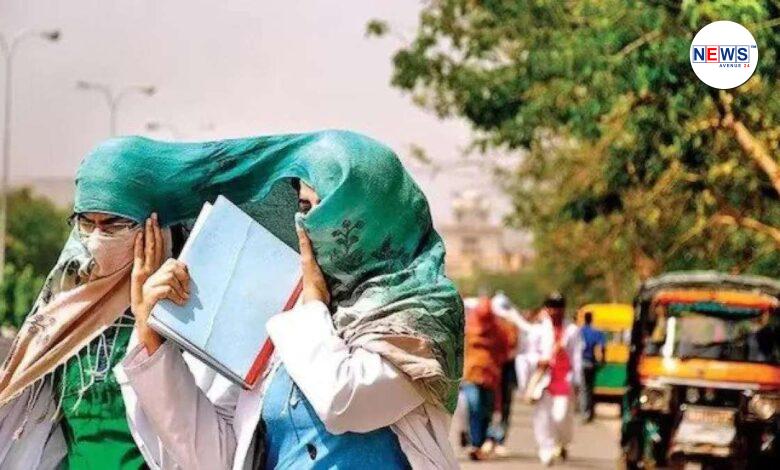
Weather Update: Heatwave conditions to prevail till April 26 in several regions, predicts IMD
Ten to 20 days of heatwave days are expected against a normal of four to eight in the entire April-June period in India this year. Some other places may witness up to 20 days of heatwave, the weather man predicted.
The India Meteorological Department (IMD) issued a heat wave alert till April 26 in several regions of the country. Temperatures are predicted to rise severely in Uttar Pradesh, Bihar, West Bengal, Jharkhand, Odisha and Karnataka in the next three days. Odisha’s Bhubaneshwar and Kadapa in Andhra Pradesh witnessed a 43.8 degrees Celsius, making these the hottest part of the country.
Maximum temperatures (> 40°C) Recorded on 22nd April, 2024 pic.twitter.com/YpMhF7WiKW
— India Meteorological Department (@Indiametdept) April 22, 2024
Temperature rises to 40°C
As per the Met Department, states like Odisha, Andhra Pradesh, Tamil Nadu and West Bengal among others are currently witnessing extremely high temperatures i.e. between 40-43 degrees Celsius. Heatwave conditions are applied when the maximum temperature is near or above 40 degrees Celsius and the departure is 4.5 degrees Celsius or more from normal, according to the IMD. Heatwaves are likely to prevail over certain parts of the country for the next few days.
Delhi records max temperature of 37.6 deg C
The maximum temperature in Delhi on Monday settled at 37.6 degrees Celsius, normal for this time of the year, according to the India Meteorological Department. The relative humidity oscillated between 27 per cent and 54 per cent. Meanwhile, the minimum temperature settled at 23 degrees Celsius, normal for this time of the year.
April may witness upto 20 days of heatwave: IMD
The Met Office has said four to eight heatwave days are expected in different parts of the country in April against a normal of one to three days. Meanwhile, some places may record more than 20 heatwave days. The intense heat could strain power grids and result in water shortages in parts of India.
Global weather agencies, including the IMD, are also expecting La Nina conditions to develop later in the year. El Nino conditions — periodic warming of surface waters in the central Pacific Ocean — are associated with weaker monsoon winds and drier conditions in India. La Nina conditions — the antithesis of El Nino — lead to plentiful rainfall during the monsoon season.
(With inputs from PTI)
News Source:- INDIA TV





